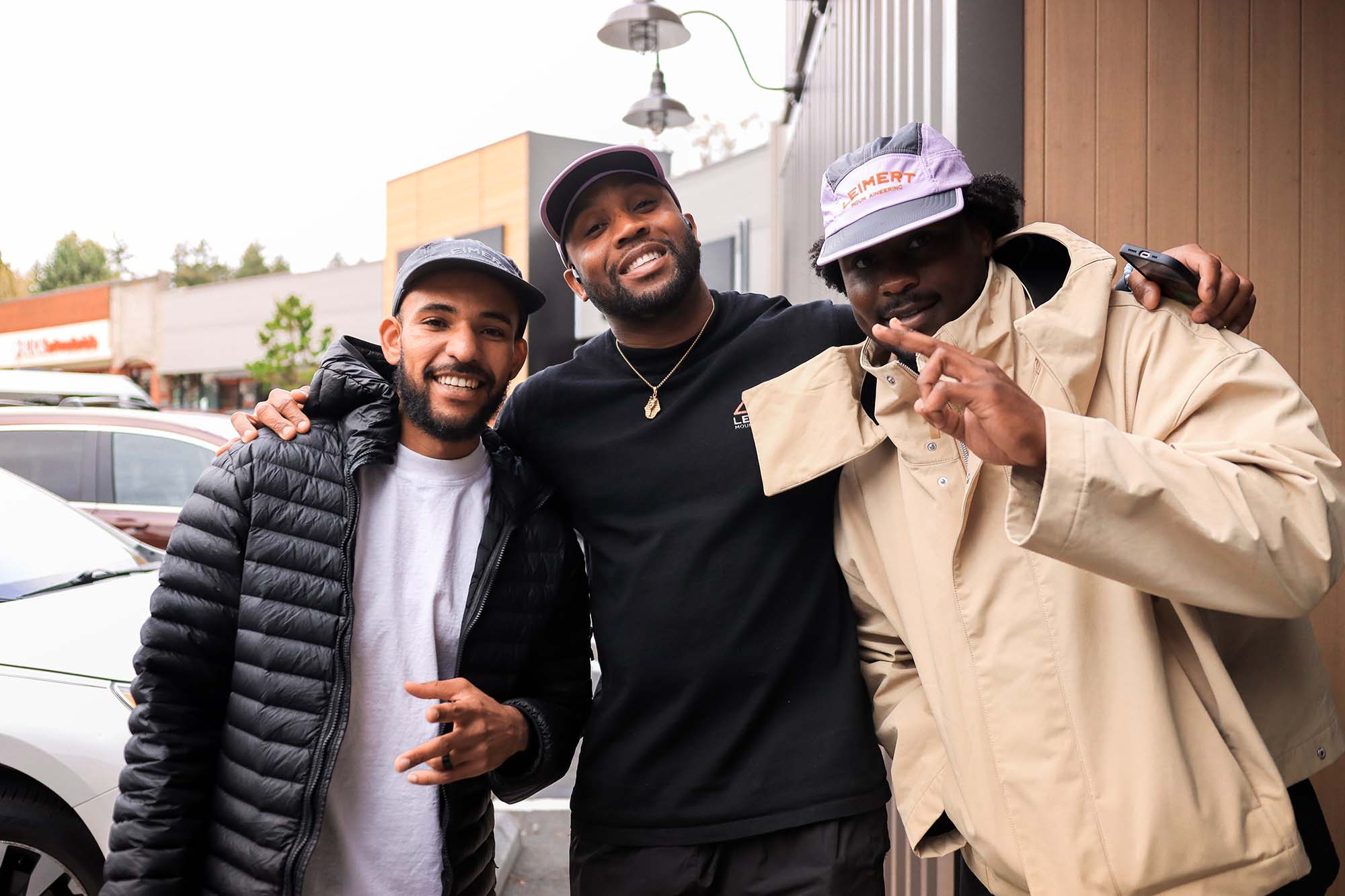I was the fly on the wall at meetings as three young women decided on the products shoppers will see at local climbing shops in 2025. There were spreadsheets on computers and diagrams on projection screens. Samples of yet-to-be-released gear made laps around the conference room in Bellevue, Wash.
REI’s Sarah Kendzior, Backcountry.com’s Andrea Palmer, and MEC’s Kim McGrenere were the only targets of many presentations. They discussed price points, technical aspects, and every other physical attribute of the gear. Sustainability and colors were also crucial subjects. They would spend a few days perusing what Edelrid and Red Chili had to offer for 2025.
These women are climbing category buyers for the three largest outdoor product retailers in the Americas. Kendzior, Palmer, and McGrenere must predict which and how much climbing gear REI, Backcountry.com, and MEC will sell in 2025.
The orders they place after this “tour” determine what their stores will offer in 2025. The amount of climbing gear these women order equates to a lot of money. So, their choices are pivotal in how their respective categories will financially perform next year — and, by extension, how REI, Backcountry.com, and MEC perform.
How important is this? Edelrid’s headquarters are in Germany. The brand sent two corporate-level staffers to the event, including Vitus Wuhrer, CEO of the 160-year-old brand. Wuhrer stated that he didn’t come to the U.S. for any other reason. Blair Williams, President of Edelrid North America, was also in attendance.
(Some crusty-looking guy named Tommy Caldwell was also skulking about.)
How Much Money Are We Talking About?
According to the Outdoor Industry Association, the outdoor industry generated $27.5 billion in sales in 2022. Climbing accounted for $10.2 billion of that number.
REI reported sales of $3.76 billion in 2023, and Backcountry.com generated $328.9 million in online sales in 2023. MEC doesn’t release sales data. However, CEO Peter Hlynsky told The Daily Outdoor Retailer that “annual revenue is between $400 million-$500 million, and closer to the middle of that range.”
Regardless of the exact dollar amount, only three key decision-makers control what the three largest retailers in North America will sell each year.
And by the way, these business-minded category buyers absolutely crush outdoors. As Williams told me, “Dude, they will put you in the dirt.”
But I was itching to know more about this responsibility. How big are these decisions, and what is it like to be the ones who make them?
Sarah Kendzior: REI Co-op Climbing Gear and Climbing Shoes Buyer
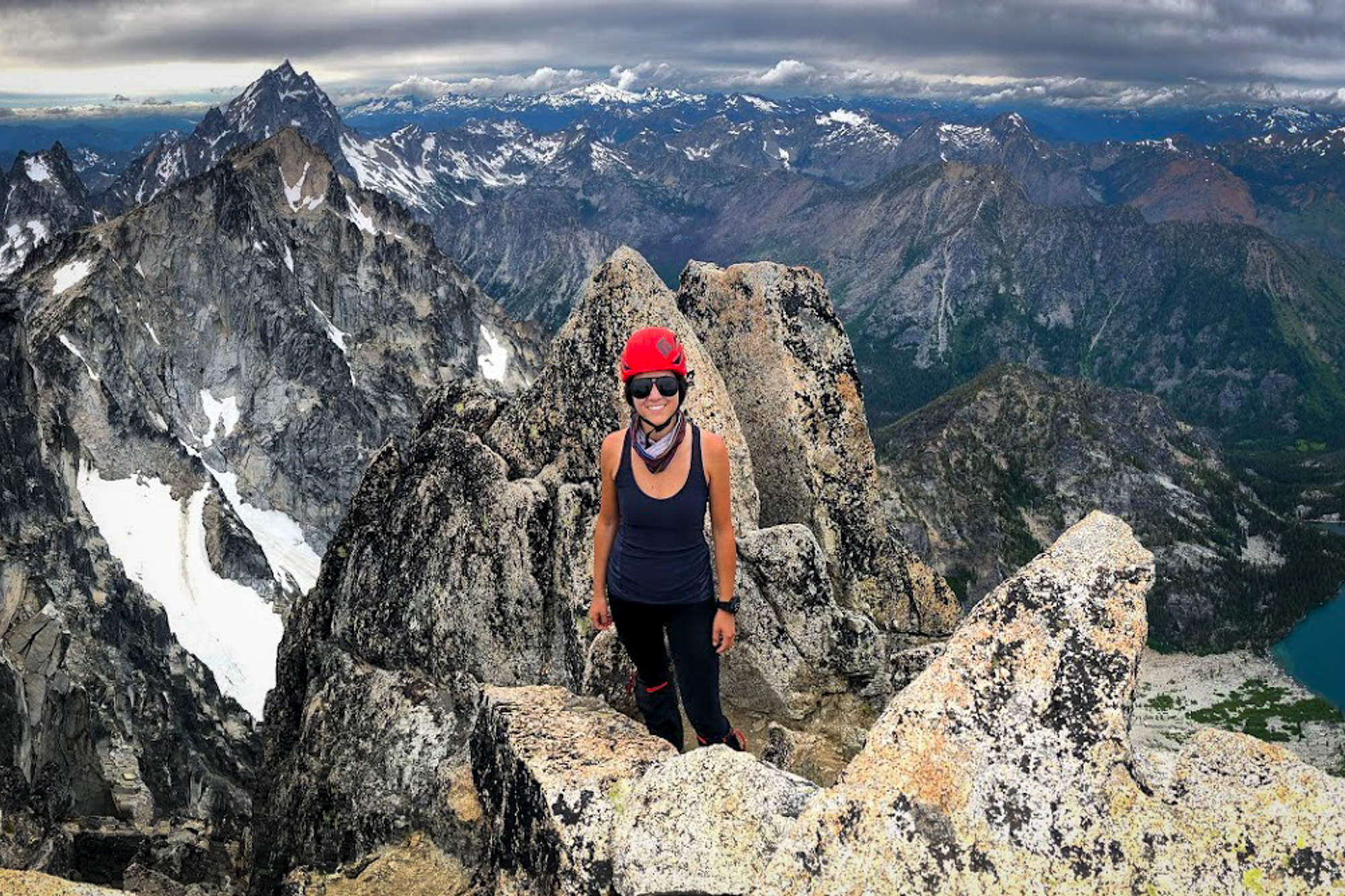
Kendzior (32) resides in Seattle, where REI Co-op was born. She’s been climbing across all disciplines for 10 years, and it’s her primary sport. Her other outdoor pursuits include skiing, cycling, running, backpacking, and paddleboarding.
In her early 20s, Kendzior’s older brother took her on a 70+ mile backpacking trip in the High Sierra. It was her first time backpacking and her first time in the mountains. In the summit shelter on Mount Whitney, she tried to thaw her frozen water bottles; all the while, climbers who had summited via the Mountaineer’s Route surrounded her. Shod with axes, crampons, and whiskey, these climbers became an inspiration.
Soon afterward, she enrolled in a rock climbing course and got a climbing gym membership. Later, Kendzior went all-in, quit her job, and spent a year and a half living the dirtbag lifestyle. She finally got a job with REI in Seattle, allowing her to move closer to the mountains.
She has been the climbing gear and shoe buyer for REI Co-op for 2 years.
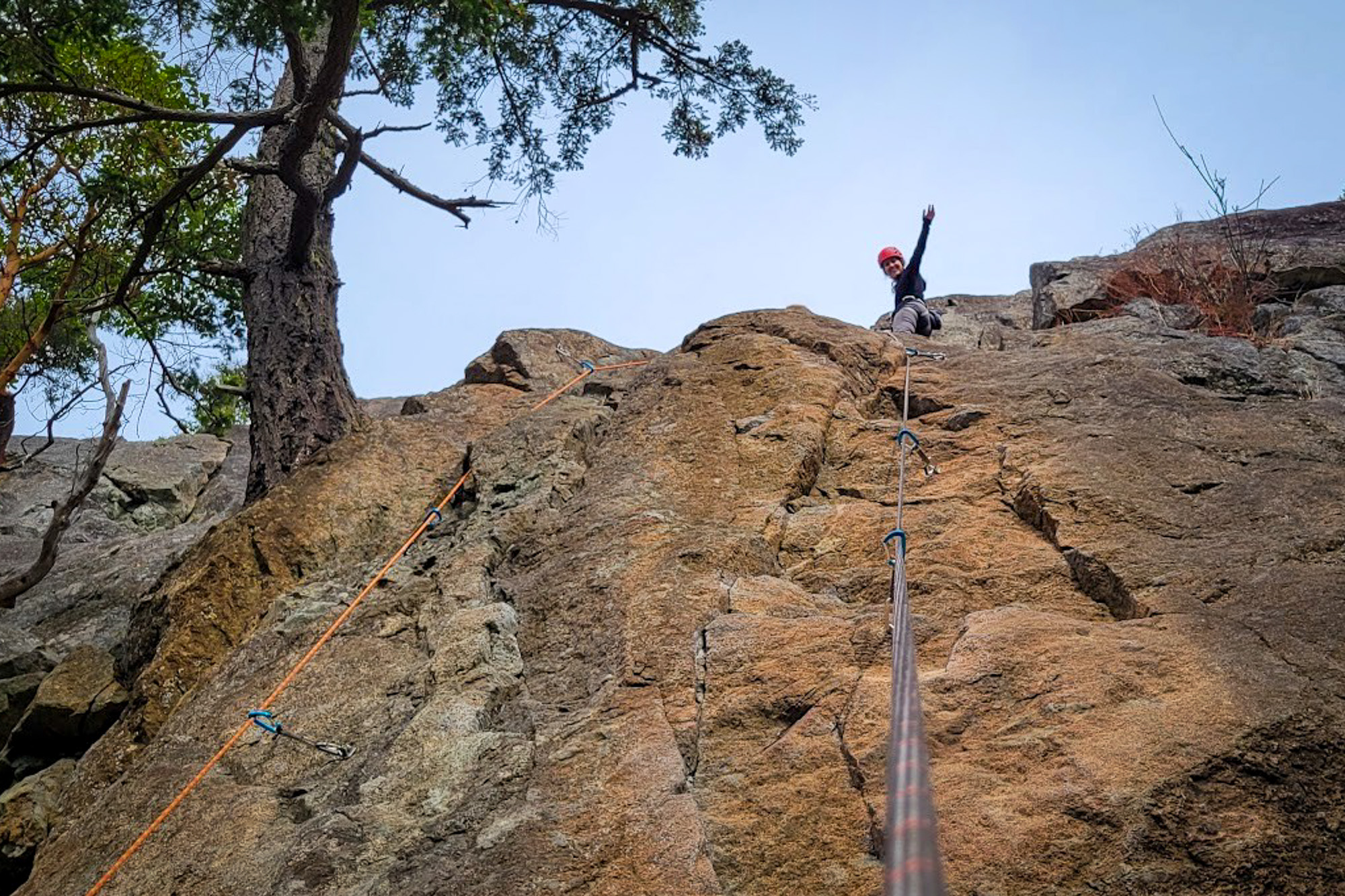
GearJunkie: How did you get to your position as a climbing buyer at the nation’s largest outdoor gear and apparel co-op?
Kendzior: I graduated from the University of Minnesota with a degree in retail merchandising and management. The degree blended creative design thinking and business problem-solving. While still in school, I participated in two internship programs. This led to a full-time job offer in product development and design at a Fortune 500 retailer (Kohl’s).
I spent the early years of my career soaking up as much knowledge as possible from those around me. After taking a career hiatus to travel, I actively sought out positions in merchandising at REI Co-op. At the end of 2018, I accepted a job as an assistant category merchant. I have since held the title of forecast analyst and now buyer, where I currently buy the climbing category.
What are your job responsibilities?
I am accountable for the assortment strategy, financial performance, and operational management of the climbing category at REI Co-op. I oversee the end-to-end product lifecycle for all climbing gear and shoes sold in our 180+ stores.
Some key responsibilities that I manage include selecting brands and products that align with REI’s sustainability and social impact guidelines. I determine distribution and pricing strategies based on market trends. Finally, I partner with teams across planning, digital, visual merchandising, and marketing to bring the climbing assortment strategies to life.
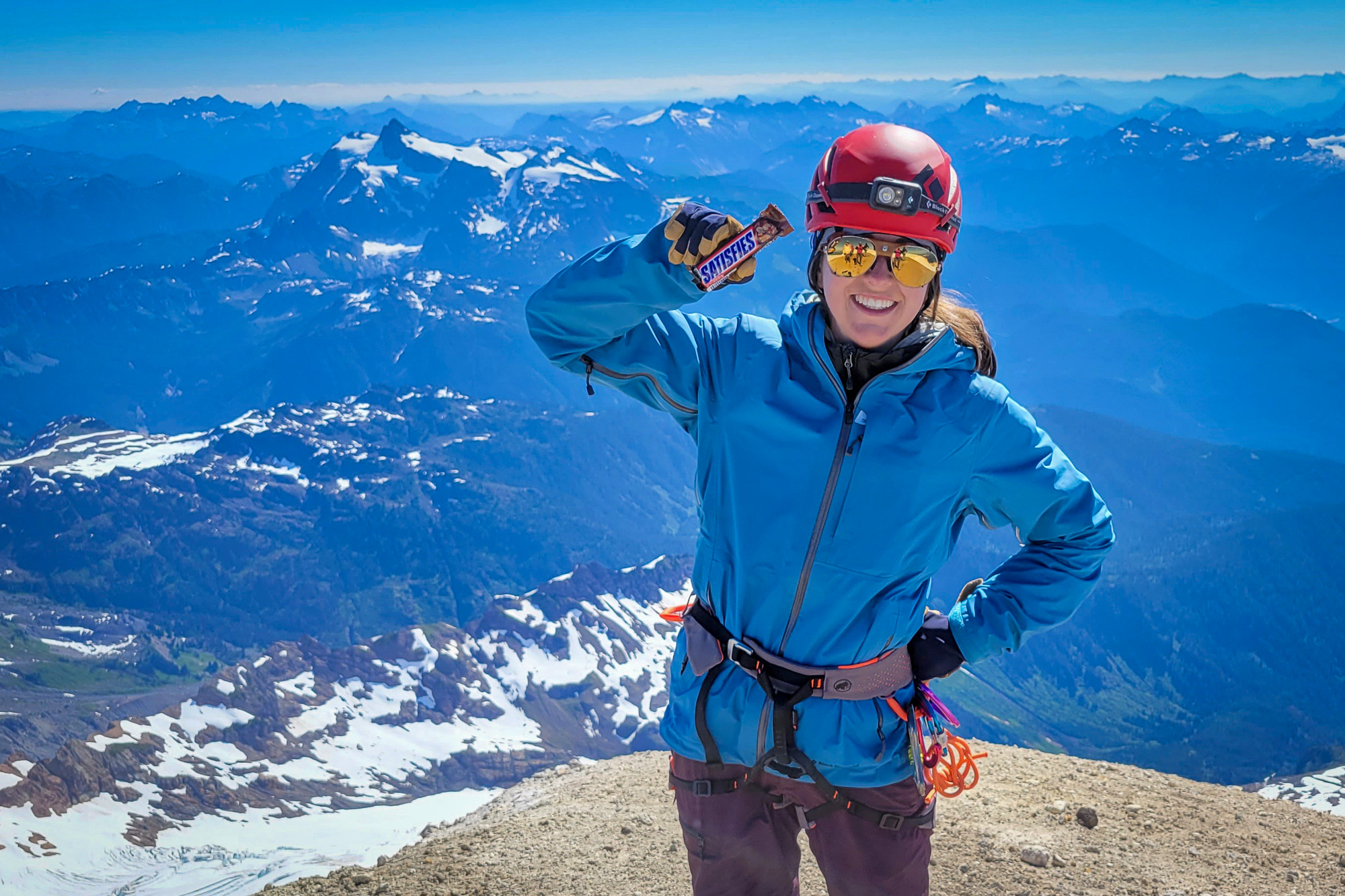
What is the most difficult responsibility?
The most difficult part of my job is trying to predict the future. There is a running joke in retail that buyers need a Magic 8 Ball to do their jobs!
Looking back, even a Magic 8 Ball couldn’t have perfectly predicted the outcome COVID-19 would have on consumer shopping habits. Staying curious and agile are necessary traits for being a successful buyer. The day-to-day of the role is often ambiguous.
What is the most fun responsibility?
I love collaborating with brands on new product innovations years before they launch for sale.
The primary focus of my job is ensuring climbing is accessible and enjoyable for all through compelling product assortments. The cherry on top is seeing the products come to life in our stores and finally being used at the crag and in the gym.
How do you predict what products will sell? What are the key features that make you think they will sell?
Predicting what products will sell as a buyer is a balance of art and science. The best buyers I’ve observed and worked with are curious anthropologists for the category they buy for. I try to lead with a similar open-mindedness when I’m seeing products for the first time.
In a way, this job has turned into an “always on” mindset. When I’m warming up at the gym, I’m likely listening to a climbing or outdoor industry news podcast. When I’m at the crag, I’m likely observing what products others around me are wearing and using. And when I’m at work, I have 10+ years of highly detailed sales and inventory data to back my assortment predictions.
A few questions I take into consideration when determining if a new product innovation will sell well are:
- Does the product support a growing category, for example, bouldering or trad climbing, within the overarching activity of climbing?
- How have previous product launches from this specific brand been received in the market?
- If the product has been teased via the brand’s marketing channels, how has the digital climbing community reacted?
- If I’ve had the opportunity to test a new product, is it something I would recommend to others?
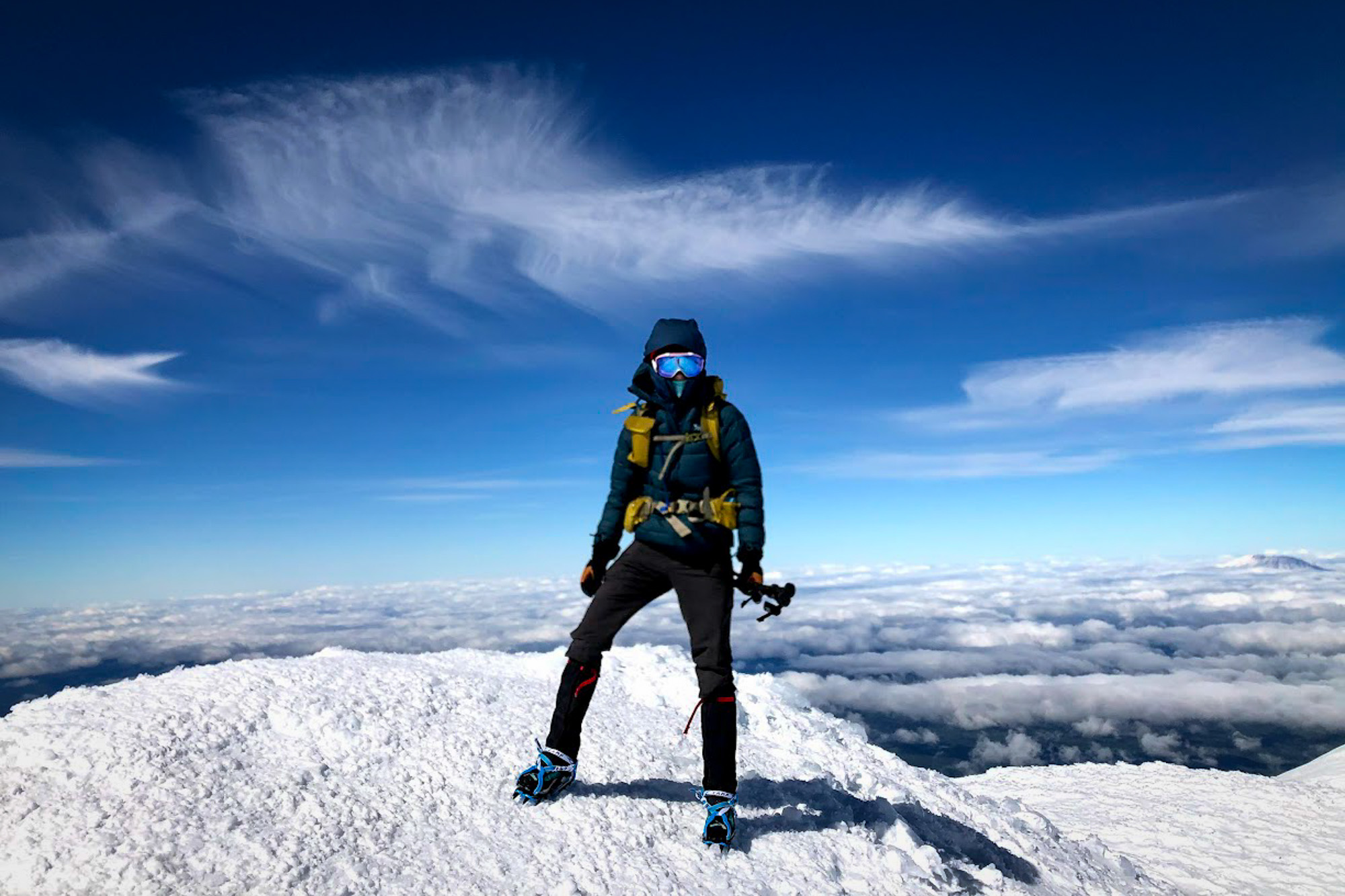
What trends have you identified in climbing gear over the last few years, and then again over the last few decades?
Over the years, climbing products continue to shave weight, increase durability, improve user experience, and stay fresh with new colors.
When REI Co-op was founded by a group of climbers in 1938, the ice axes imported from Austria were made of wood and steel. They weighed more than 700 g. Today, we carry aluminum ice axes that are comparable in weight to a can of soup!
As climbing continues to grow in the mainstream with more indoor climbing gyms and its spotlight in the Olympics. I predict we’ll continue to see new product innovations that support the growth in competition climbing, bouldering, and sport climbing.
Any future predictions on climbing gear or the sport in general based on your point of view?
After seeing robotic hiking pants enter the market last month, nothing is off the table!
I envision things like smart ropes and PPE that detect wear before failure occurs, adaptive shoe soles that adjust based on the terrain, the continued evolution of eco-materials that also enhance performance, and maybe even robotic shirts that will help me send future climbing projects to the moon!
Andrea Palmer: Climb and Ski Hardgoods Buyer, Backcountry.com
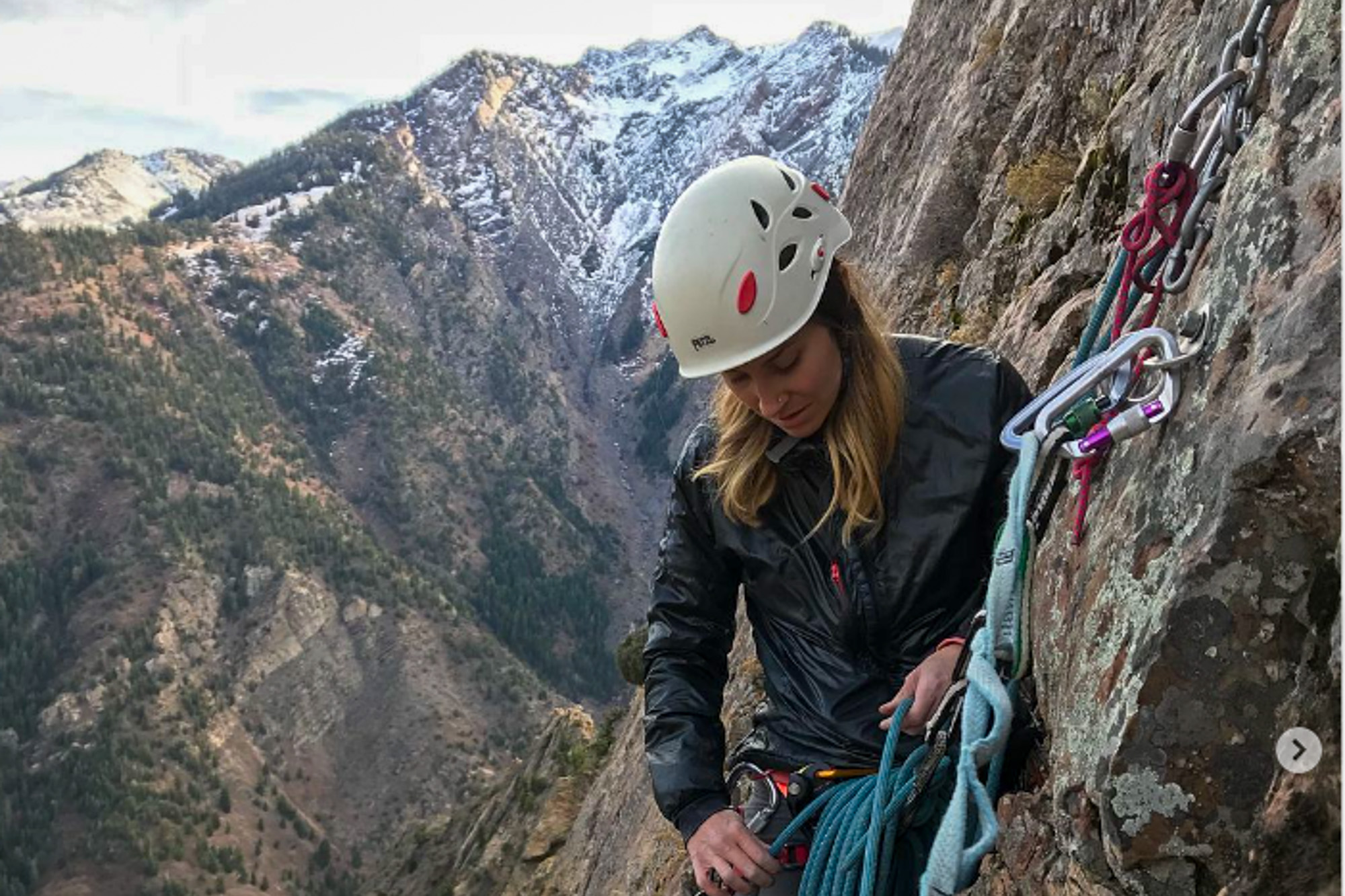
Palmer (37) lives in Salt Lake City, just down the hill from her employer, Backcountry.com, in Park City. Palmer self-identifies as a cat lady and enjoys backcountry skiing, trad climbing, trail running, mountain biking, canyoneering, and ice climbing.
She has been the Climb and Ski Hardgoods Buyer for Backcountry.com for 1.5 years.
GearJunkie: How did get your position as the climbing and skiing hardgoods buyer for one of the largest outdoor online retailers in the country, Backcountry.com?
Palmer: I started at the bottom, and now I’m here! I started in retail at Salomon and lived the quintessential gear shop life in college. Then, I started at Black Diamond in customer service and eventually got into management there. I was curious to see what the other side was like, so I switched from selling to buying. And here I am.
My career has been nothing short of dynamic, and I can assure you that I’ve made every mistake possible along the way. Failure is just another hold in the climb to success — sometimes, you’re going to flail on the crux — but that’s how you learn the route.
What are your job responsibilities?
I buy all ski and climb hardgoods for Backcountry.com. My job is to curate the ski/climb assortment, manage inventory, review trends and data, and maintain the vendor relationship.
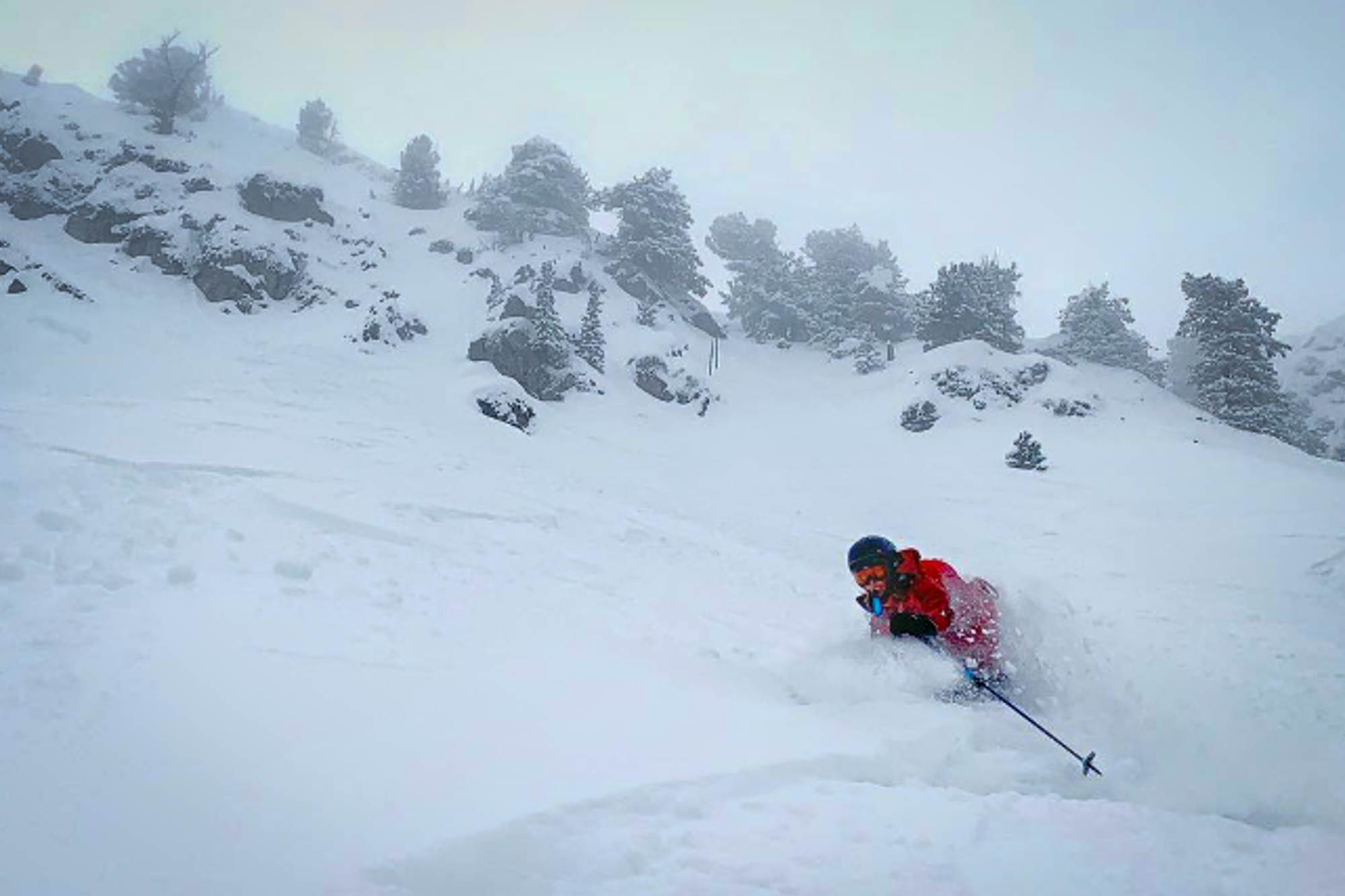
What is the most difficult responsibility?
There is a lot of data nuance and operational logistics. These can be difficult to manage on top of the other responsibilities.
What is the most fun responsibility?
My job is mostly in Excel sheets, but my favorite part of the job is definitely seeing all of the new products. Better yet — testing all of the new products.
Everyone in the outdoor industry will attest to another huge perk of the job: all the people you meet along the way. My coworkers and connections I’ve made through my job are some of my best friends and outdoor partners. I love that I work in an industry where that culture and connection are celebrated and encouraged.
How do they predict what goods will sell? What are the key features of these goods that make you think they will sell?
A crystal ball; I’m joking. Aside from looking at the data to review trends, a lot of buying is intuitive. I’m deeply immersed in the categories that I buy for. So, I am constantly asking for feedback and gauging interest and trends based on what I’m seeing/hearing in the field/online. If I ever want to go down additional rabbit holes, I’ll go to the Mountain Project boards or Reddit. (If I want to torture myself.)
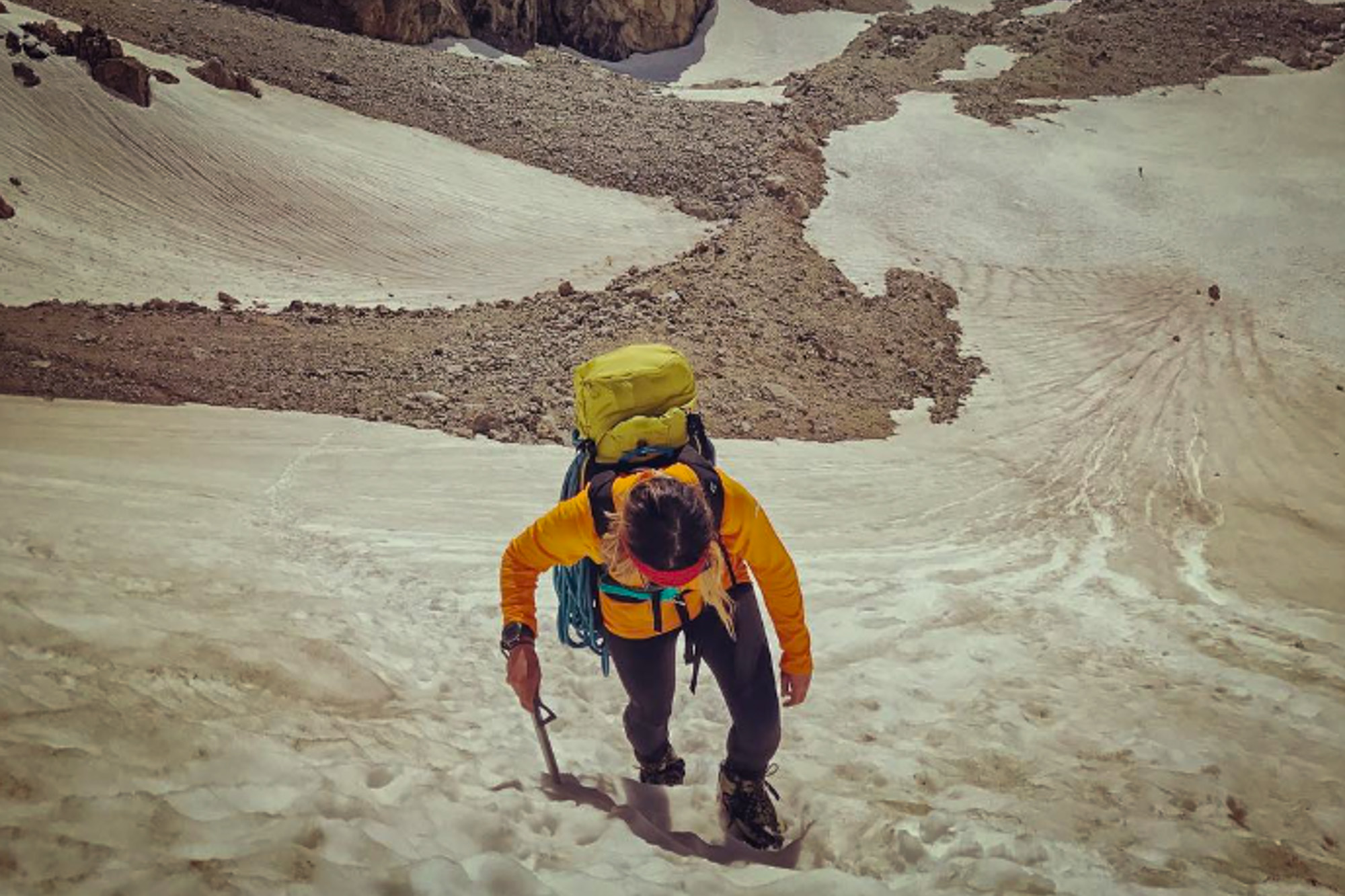
What trends have you identified in climbing gear over the last few years, and then again over the last few decades?
The market really responds to newness and something incredibly innovative in the space. Climbing gear is pretty evergreen for the most part, so it’s big news when a rad piece of gear drops.
Any future predictions on climbing gear or the sport in general based on your point of view?
There’s been a large uptick in climbing gyms/memberships. So, we’re seeing a lot of growth here and in beginner styles as people continue to get into the sport.
I’ve been climbing for the last 10+ years, and I have never seen crags so crowded. Sales of climbing gear are definitely evidence of this growing trend. Climbing is here to stay.
Kim McGrenere, Merchant: Mountain Equipment Company (MEC)
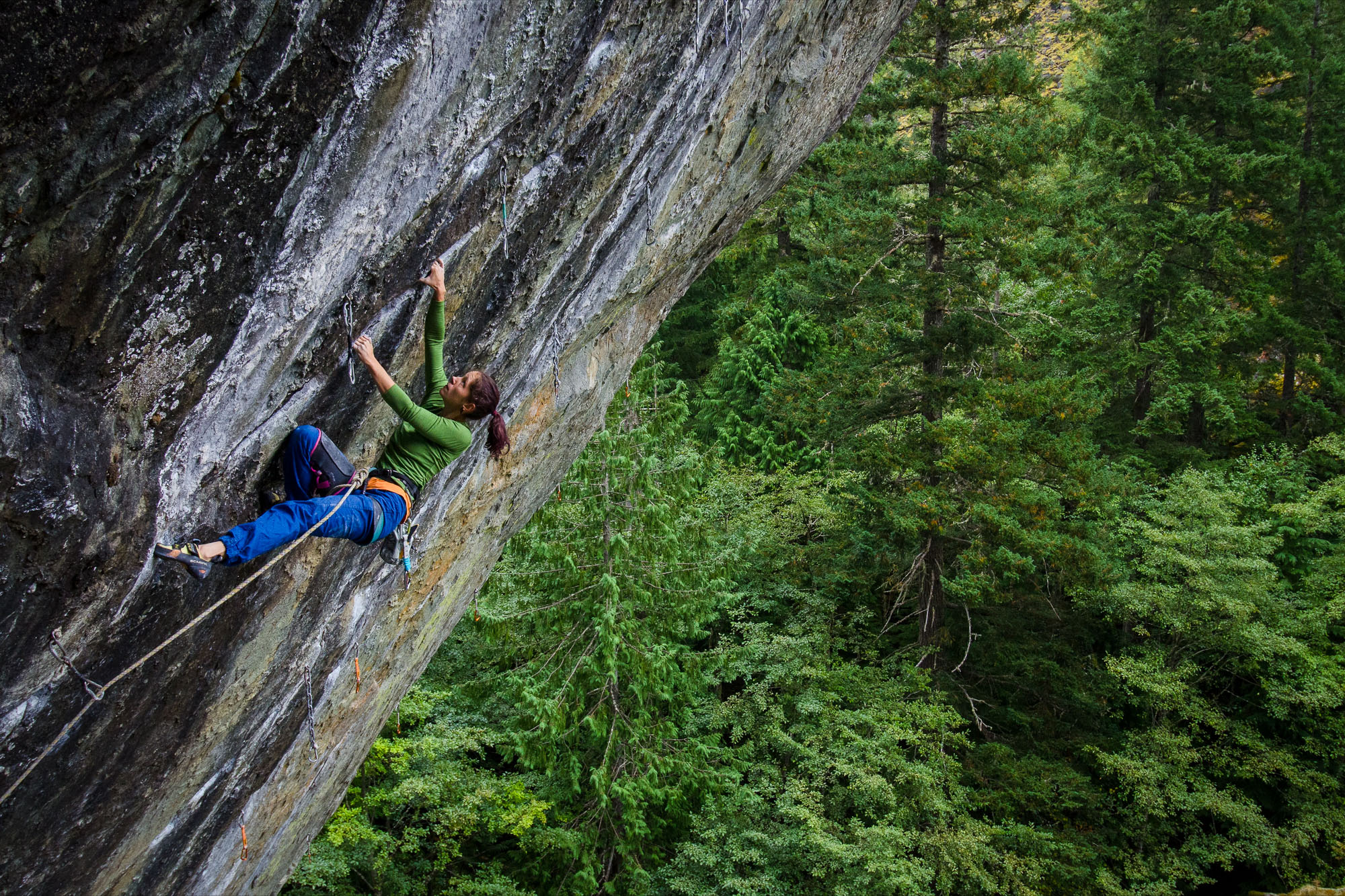
McGrenere (36) lives in Squamish, British Columbia, with her partner Graham and cats Babsi and Mina. Sport climbing and bouldering are her passions, but she dabbles in all forms of climbing.
She has been the Merchant for Canada’s MEC for 4.5 years. McGrenere is in charge of buying hard and soft goods for the climbing category, as well as trekking poles.
GearJunkie: How did you get your position as the climbing category buyer for Canada’s largest outdoor retailer?
McGrenere: Before becoming a Merchant, I worked as an Assistant Merchant, supporting the Climbing and Footwear businesses. My current role came from a fusion of my involvement in the climbing industry and my desire to work at MEC. To me, the company embodies a passion for outdoor lifestyle and adventure.
I had been involved in the climbing industry, working in gyms, teaching courses, and leading women’s groups for about 10 years before starting at MEC. I also traveled a lot for climbing and volunteered at numerous climbing festivals and community events over the years. And I also wrote freelance articles related to the sport.
I brought my climbing history and my experience with data analysis from my previous education and work in science (landscape ecology) together to build the foundation of the skillset I would develop as a Merchant. I’ve been working at MEC now for just over 7 years.
What are your job responsibilities?
As a Merchant at MEC, I am responsible for all aspects of the Climbing assortment.
I meet seasonally with current and existing brands that we carry to review the product collection and preview new product launches for upcoming seasons. I love this part of the work — thinking about climbers’ needs, the innovation and technology built into products, and the waste streams and sustainability features incorporated in the production and lifecycle of gear.
Often, I test the products and provide feedback on functionality. Based on this and other factors, I make choices each season about which products to include in our assortment.
I also decide which stores (of our 27 locations) the products will go to and when is the best time to stock them based on the expected selling seasonality. I forecast the sales that I expect each item to make in a season. Then, I determine the amount to buy to meet the presentation needs and store and web sales.
This can be quite complicated for products with multiple sizes. Finally, everything that I intend to buy needs to fit into a budget provided to me by my Planning colleagues. I cannot spend beyond what is “in the purse.” Also, everything needs to be appropriately timed to arrive in a flow throughout the whole season.
Beyond the product assortment and buying, I also plan the end-of-life plans for products at MEC. This typically comes to the customer as a clearance product when a brand is replacing or dropping an item. I also provide support on marketing stories, promotional opportunities, ecommerce strategies, and community events.
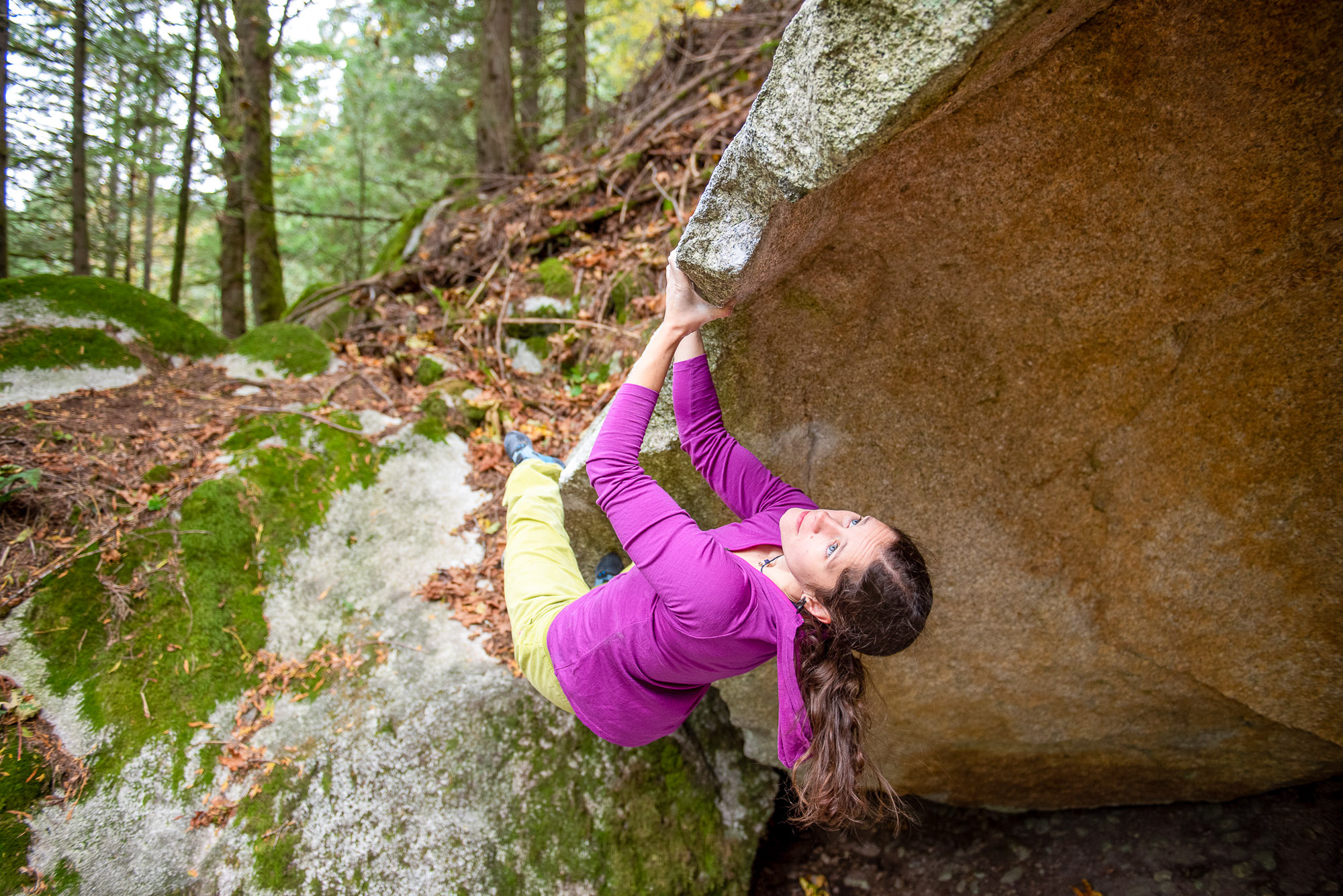
What is the most difficult responsibility?
I’ll never be able to please every climber and meet every need, and I can’t buy everything. There isn’t space, capacity, or budget to accomplish that. Still, within my control, I can offer options at many price points and functions for high-quality gear, giving folks the ability to choose.
What is the most fun responsibility?
I love working in a job where I can bring cool climbing gear directly to the people who use it. Curating an assortment is a big responsibility. But it brings me a lot of joy knowing I get to be a part of this for Canadian climbers.
I’ve also participated in some very cool initiatives over the past few years. A few things I’m particularly proud of include investing in Canadian (and often small) brands to bring them to the national market, refillable loose chalk stations in stores, rope collection programs in our stores to keep retired gear out of landfills, and shifting assortments to more sustainable & responsible products for customers.
How do you predict what goods will sell? What are the key features of these goods that make them think they will sell?
Climbing is a rapidly growing and constantly changing sport. With the proliferation of gyms and access, we have seen shifts in the popularity of different disciplines within climbing. Interest in training and data-driven approaches to climbing performance is also growing.
Also in step with the growing popularity is the desire to maintain elements of the sport’s unique identity and counterculture vibe. Individuality remains important.
What trends have you identified in climbing gear over the last few years, and then again over the last few decades?
As outdoor crags become increasingly busy, elements of personal safety and environmental responsibility are at the forefront. Many climbers value choosing gear that is less harmful to the environment. And staying safer with helmets, stick clips, crash pads, etc.
Any future predictions on climbing gear or the sport in general based on your point of view?
Protecting our crags from degradation and preserving access to climbing areas are important elements.
Finally, now more than ever, the climbing community recognizes that climbing is for everyone, regardless of who you are. We are not perfect as a community. But lowering barriers to entry for all sorts of folks is a priority for which we are all responsible.

